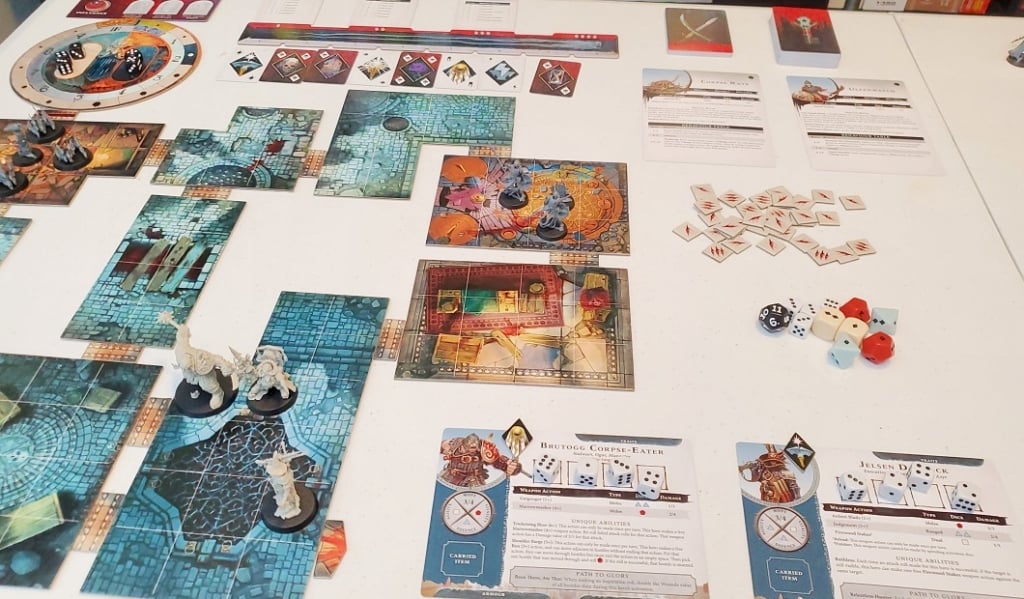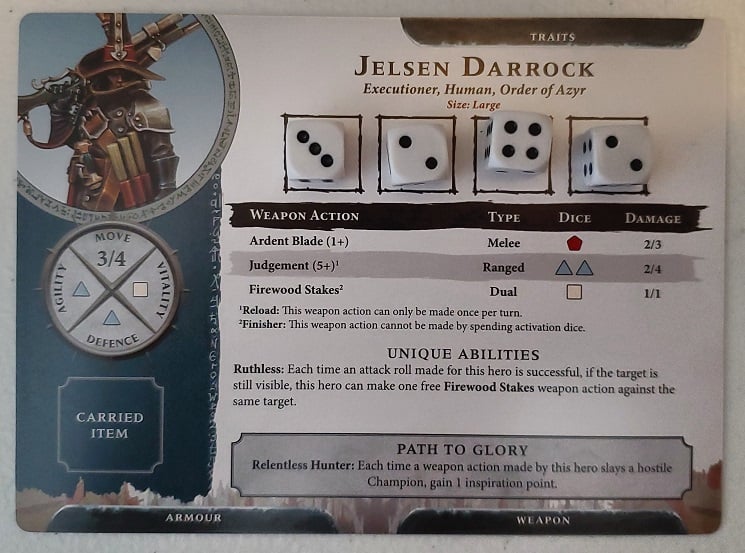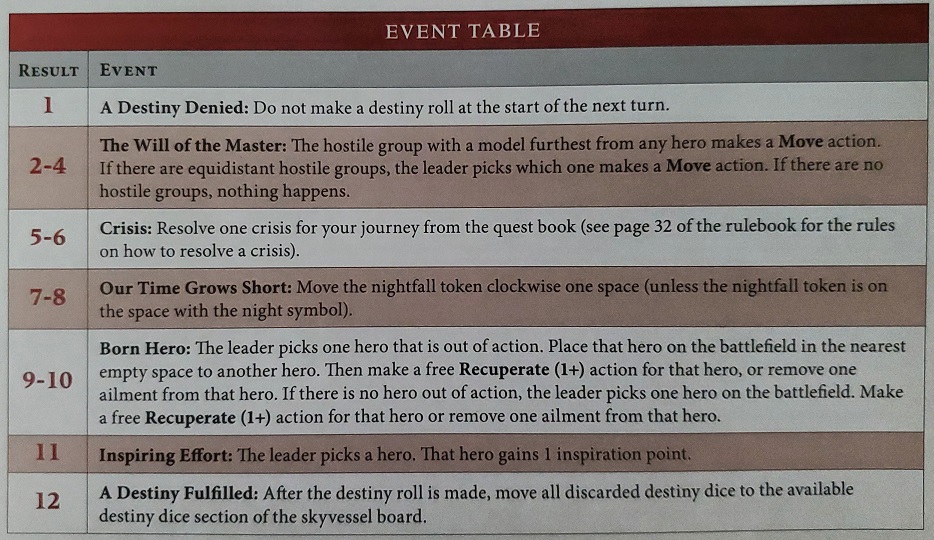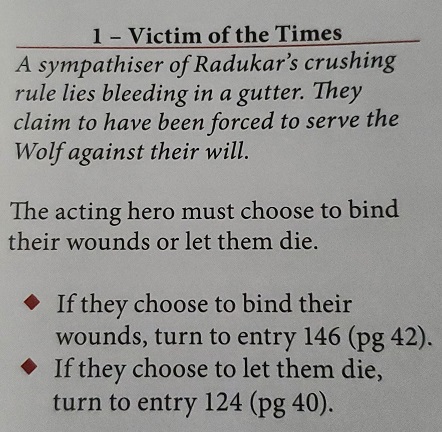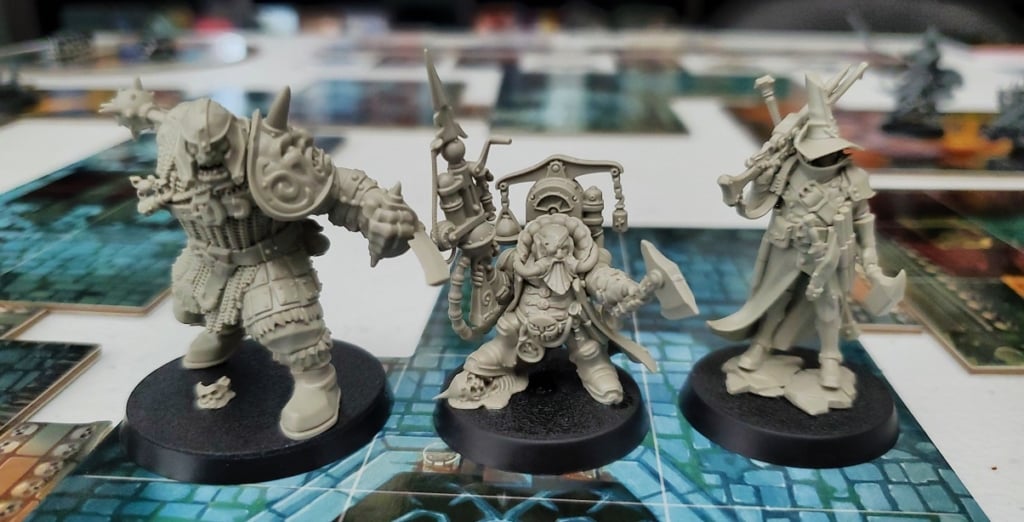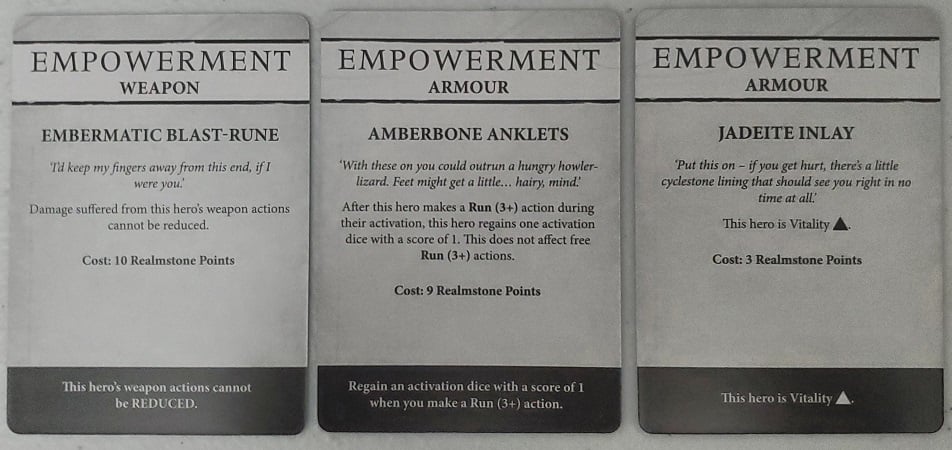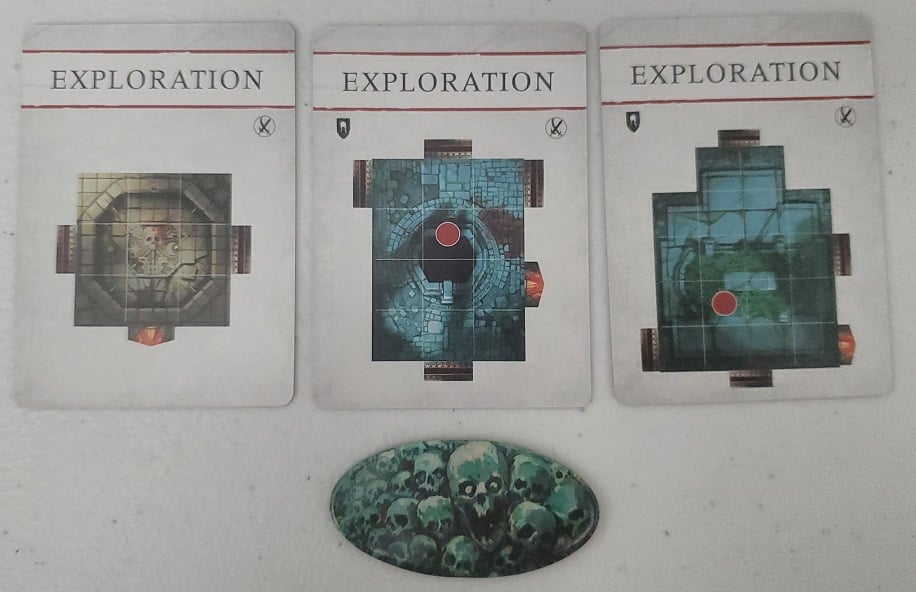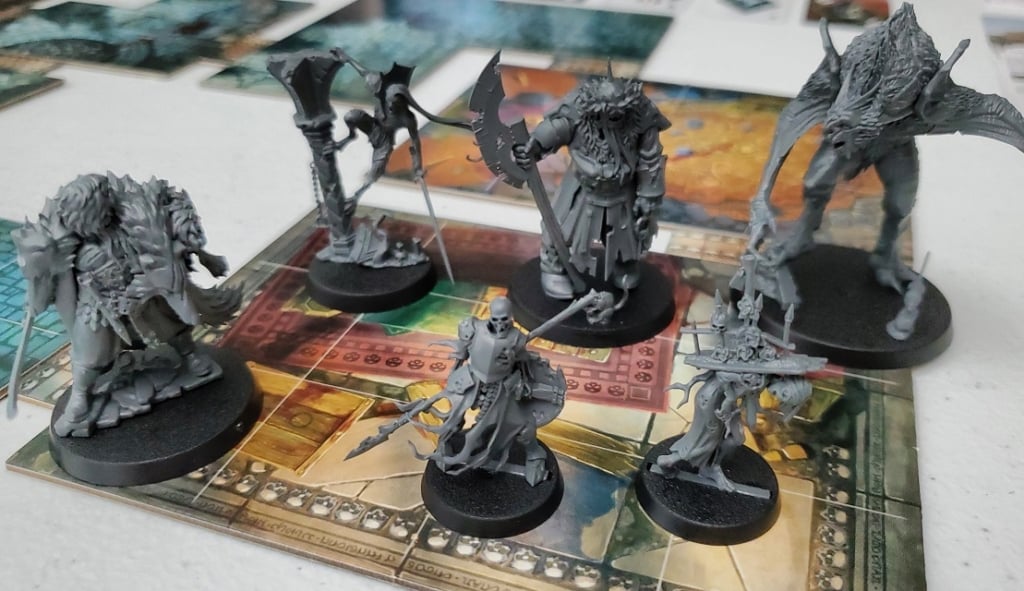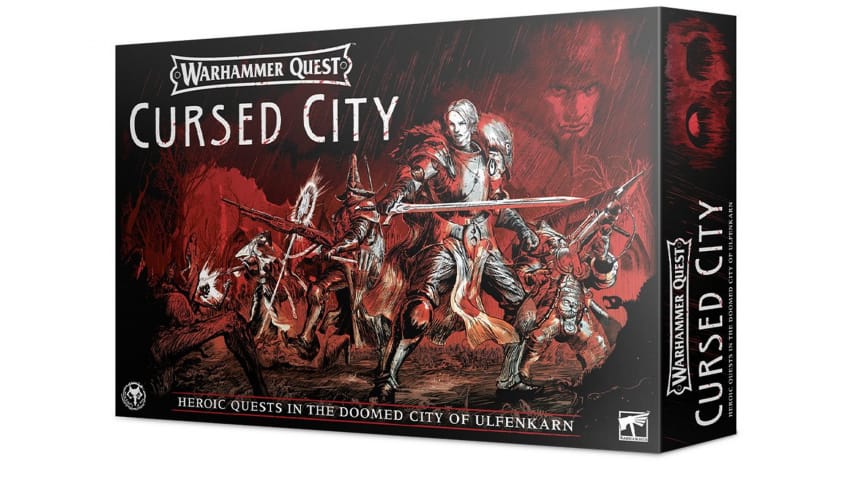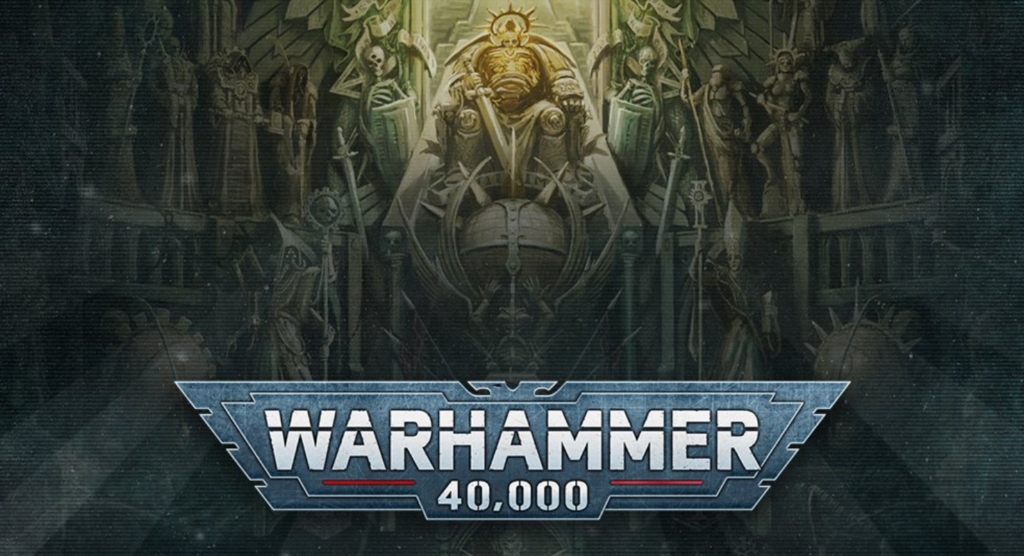Warhammer Quest: Cursed City is Too Big To Fit In One Article
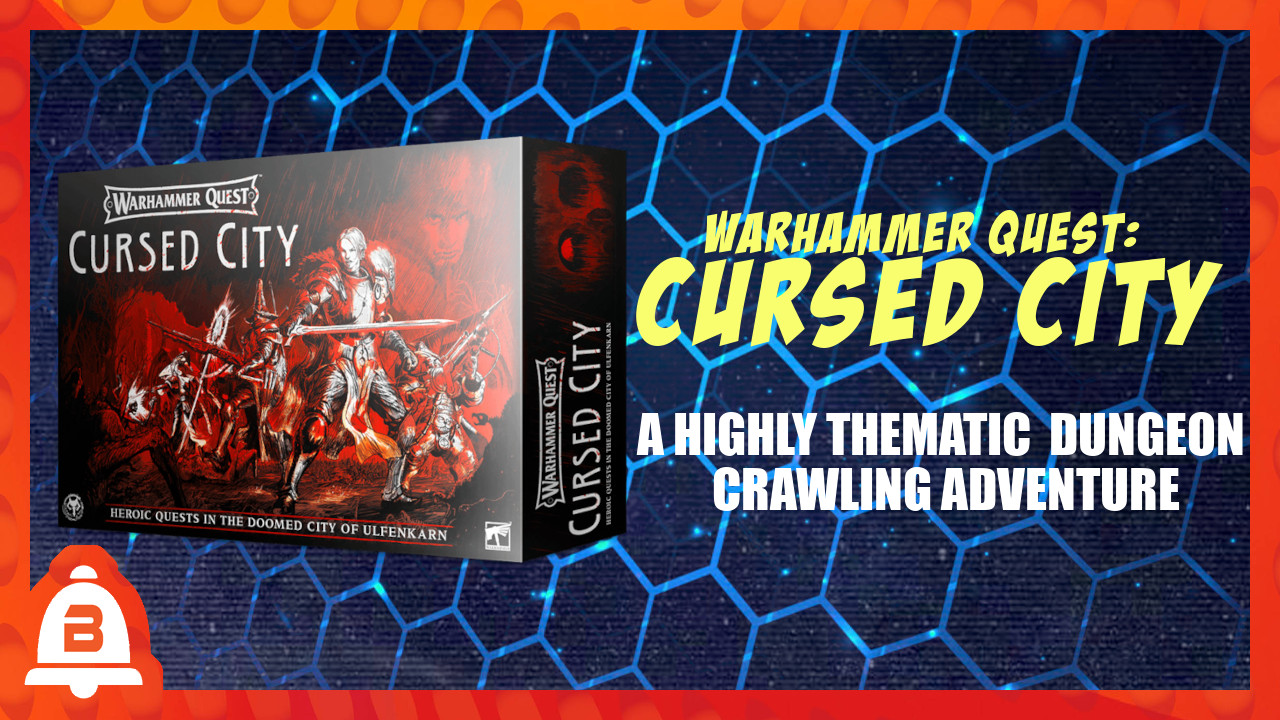

For all the talk surrounding Cursed City, we still haven’t been able to discuss everything about it. But we’re doing our best!
Warhammer Quest: Cursed City is a cooperative legacy-style dungeon crawling game with dice rolling combat. Here at BoLS, we’ve been talking about Cursed City for a while, and with good reason. But daren’t I allow a board game slip wayward untouched by my hand! So I stole it from the office while I distracted everyone with free donuts.
I’m going to level with you. Typically, in these video/written reviews I more or less repeat myself. But Cursed City has so much to offer that I’m going to insist you watch the video above. Because while that video goes over some of the more fundamental core aspects of the game, here we’re going to be touching on most of the other bits we didn’t get to in the video.
And for everyone who just thought to themselves, “Oh wow! What a cheap and blatant attempt to get me to watch their video. Well, I won’t do it! You can’t trick me!” You got me. You’re too smart. So, here’s a super quick summary of the highlights of the video as a reward for being such a freethinking individual.
The core mechanic of Cursed City is each player’s activation dice. At the beginning of each round, each player rolls their 4 activation dice (minus 1 for each wound they have). Every action the characters take, such as moving and attacking, require spending one of these activation dice. The action itself will require a certain value of activation die be spend in order to do that action. Moving and most attacks are 1+, so they can always be performed with any activation die. But stronger attacks and special abilities will require a higher value of activation die.
Each playthrough of Cursed City will be played as a scenario called a journey. Cursed City has a legacy element with the same characters working their way through a series of journeys on their overarching quest to defeat Radukar the Wolf. As players work through each of these journeys they will level up and gain new abilities and upgrades. Once they are at least level 4, they are able to attempt to take on The Final Assault journey which hopefully ends with Radukar’s head in a closed bag.
With that very brief summary out of the way, let’s shift focus to the journeys themselves. There are 4 types of journey: Hunt, Scavenge, Deliverance and Decapitation. Each journey type has its own unique rules, options of map setups, and victory and defeat conditions. However, one of the many pretty major aspects we didn’t cover in the video is the idea of Events and Crises. At the end of each round, players will roll on the event table. This can be good or bad for the players. Some journeys have their own specific event table, but there’s also a general one for all other cases.
But the most interesting event is a crisis. If a crisis is rolled, the player’s check the quest book for their current journey and roll on that crisis table. Then they flip to the Crisis section of the book and read the crisis aloud. Only one character is chosen to tackle each crisis and their player chooses how to resolve the crisis and will have to deal with the repercussions one way or another.
The Hunt journey is the most straightforward with the fewest additional rules. The players fight hoards of monsters until they can find hostile champions. If they are able to slay 10 of these champions before falling themselves, they win! As I said, Hunts are pretty straightforward.
Scavenge Journeys are about finding precious realmstone, which the players can use to buy upgrades for their characters. As they move about the map, they will be able to perform the Search action in order to try to find some realmstone. This journey is the easiest way for characters to get realmstone, and the upgrades they can buy are nigh essential for victory in The Final Assault.
Deliverance journeys represent the characters running through the city warning the living citizens to escape the path of the Suffocating Gravetide. These journeys are played out pretty differently from the first two. In a deliverance journey, the map starts empty, but the players build an exploration deck where each card will show which map tile to add to the board. During the journey, the Gravetide token will be added to the board and moves around each round. If the token reaches a character, they start taking damage. While that is going on, players can take the special Warn (6+) action once each map tile. Once the players have warned 8 citizens, they win the journey. These journeys are great for reducing the city’s overall fear.
Quick tangent: The Quest Card tracks the city’s overall fear and Radukar’s influence. If either of these reaches 10, the quest is failed. A number of game effects will alter these values, up or down. Managing fear and influence are important to the longevity of the quest, making sure the players will be able to reach level 4 in order to attempt to tackle the Decapitation journeys. Speaking of…
Decapitation journeys involve the players hunting down Radukar or one of his undead lieutenants. The journey is done in 2 phases. The first phase uses the same setup as a Deliverance journey. However, each journey has a specific condition that must be fulfilled in order to move onto phase 2, which represents entering the villain’s lair. Each of these journeys has more scenario-specific rules and setup and each will provide a very different feeling of how it is played. Each of these Decapitation journeys also works as a level cap for the players. Meaning their characters can not progress past a certain level until each is completed.
With all of that done, there is still so much we didn’t get to cover. Considering how crazy popular this game is right now, we wanted to give it the attention it deserved. If you were lucky enough to get your hands on a copy, you’ll be able to find the rest of the leftover rules for yourself. Cursed City is understandably selling like crazy. It’s a hugely impressive game system that integrates with Age of Sigmar. I hope we see more quest books in the future and maybe even some fan-made versions as well.
I love the open-ended route the players can take with which journeys they go on. It really makes the players feel like they are in charge and they are the ones driving the narrative. This TTRPG style vibe makes the time in between journeys just as important as the journeys themselves.
Warhammer Quest: Cursed City
Radukar the Wolf saved the city in its darkest hour, but his benevolence didn’t last. Claiming the Ebon Citadel, he surrounded himself with fiends, lackeys, and fellow creatures of the dark, forming his Thirsting Court. For a time peace reigned. Then came the Shyish Necroquake, and the Wolf found himself infused with dark power.
Sallying forth from his castle, Radukar and his court embarked on a murderous rampage. Some were deemed worthy of the Blood Kiss and were turned into vampires themselves – countless others were left as corpses strewn across the streets. The city now stands on the precipice of total doom. Are there any that would risk their lives and their very souls to save it?
Did you get your hands on a copy?
What are your thoughts on the limited release?

